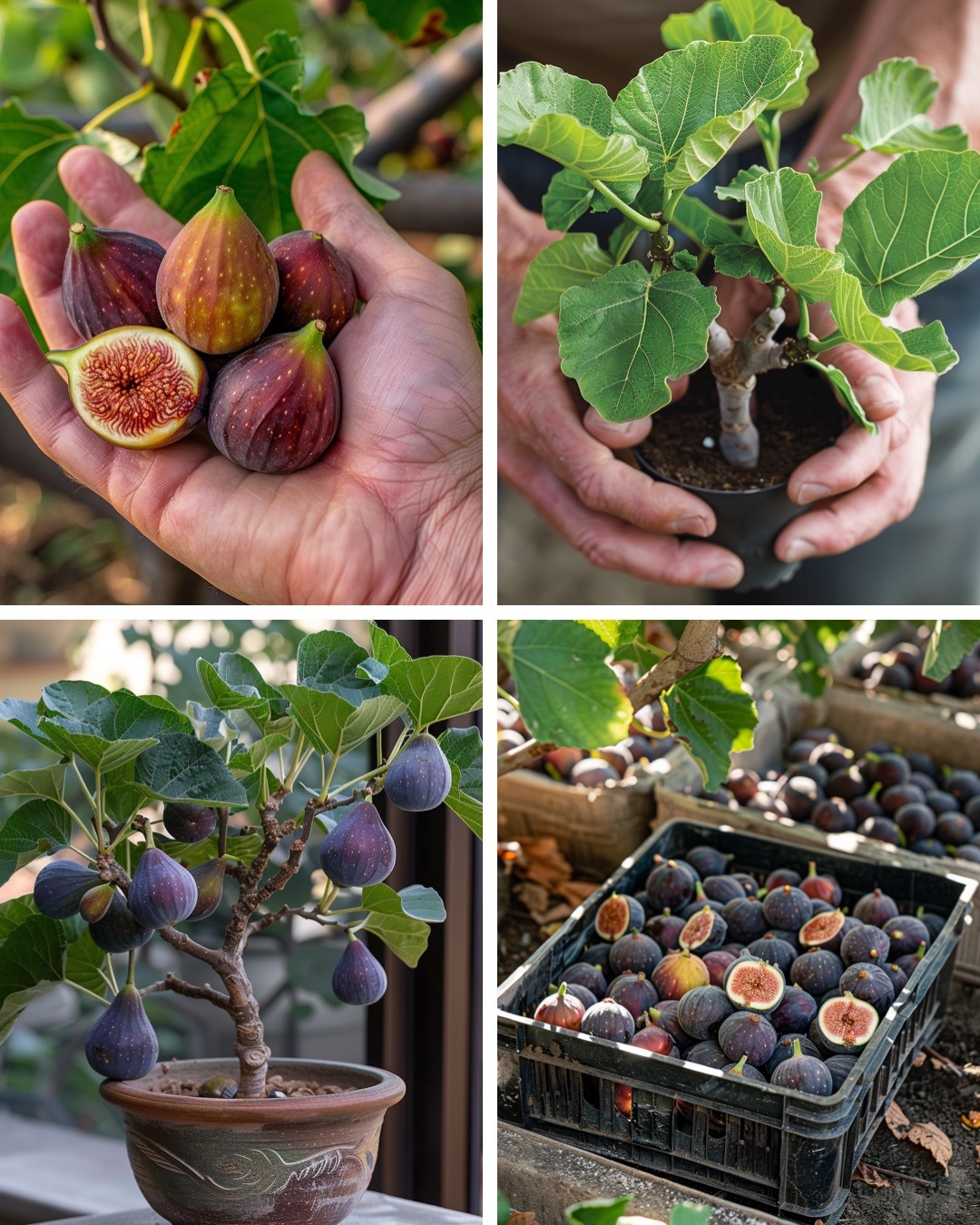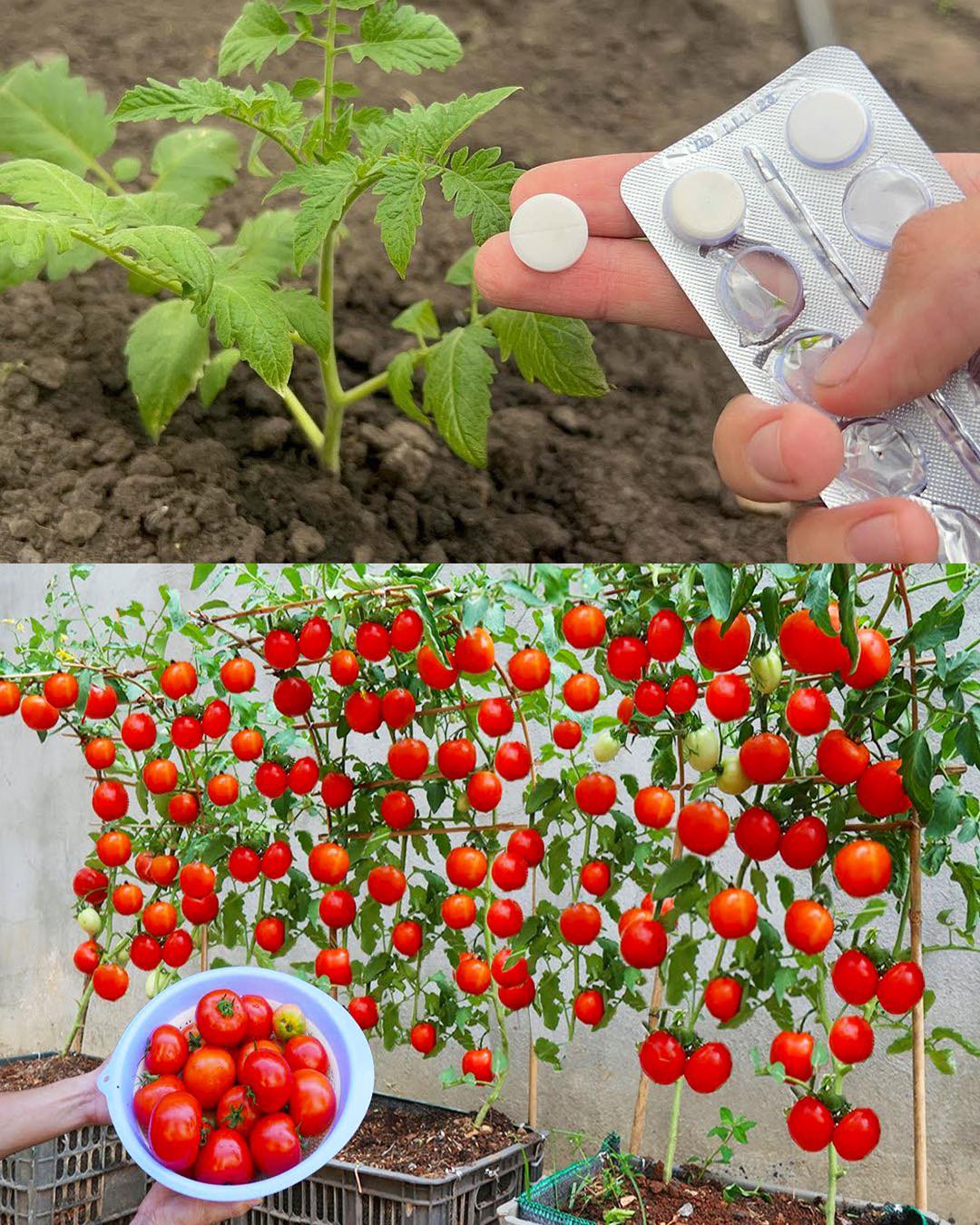Propagating fig trees from cuttings is a common practice among gardeners, but there’s a unique technique that can significantly increase success rates and accelerate the growth of new plants. In this comprehensive guide, we’ll delve into this innovative method step-by-step, drawing insights from various reputable sources.
1. Selecting the Right Cuttings:
To begin, choose healthy, mature branches from an established fig tree. Opt for branches with a diameter approximately that of a pencil and free from any signs of disease or damage. The University of California Cooperative Extension recommends taking cuttings during late winter or early spring when the tree is dormant for optimal results.
Additionally, consider utilizing the “greenwood” method, which involves taking cuttings from the current season’s growth. These cuttings tend to have a higher success rate due to their abundance of active growth hormones, making them more likely to root successfully.

2. Preparation of Cuttings:
Once you’ve selected suitable branches, use sharp, clean scissors to make clean cuts. Each cutting should measure between 6 to 8 inches in length and contain at least two nodes where leaves or buds emerge. Remove any leaves from the lower half of the cutting to reduce moisture loss and prevent rotting.
According to research published in the Journal of Environmental Horticulture, removing leaves from the lower portion of the cutting aids in reducing transpiration and increasing water absorption, thereby improving the chances of successful rooting.
3. Application of Rooting Hormone or Garlic Infusion:
A key aspect of this unique propagation technique involves the application of either rooting hormone or a garlic infusion to the cut ends of the fig cuttings. Rooting hormone contains synthetic auxins that stimulate root development, while garlic infusion offers natural compounds like allicin, known for their antimicrobial and growth-stimulating properties.
If opting for rooting hormone, select a product suitable for woody plants and follow the manufacturer’s instructions for application. Alternatively, prepare a potent garlic infusion by crushing several cloves of garlic and mixing them with water. This infusion can aid in root development and provide protection against pests and diseases, enhancing the propagation process.

4. Planting and Care:
After treating the cuttings with rooting hormone or garlic infusion, plant them in pots filled with well-draining soil. Ensure the pots have adequate drainage to prevent waterlogging, as excessive moisture can hinder root development. Place the pots in a warm, bright location with indirect sunlight to promote growth.
Maintain consistent moisture levels in the soil, keeping it moist but not waterlogged. Monitor the cuttings closely for signs of new growth and root development, providing care and attention as needed. Once the cuttings have established roots and show vigorous growth, they can be transplanted into larger containers or directly into the garden.

Conclusion:
Propagating fig trees from cuttings using this unique technique offers an innovative approach to achieving successful propagation outcomes. By selecting the right cuttings, preparing them properly, and utilizing rooting hormone or garlic infusion, gardeners can increase success rates and accelerate the growth of new fig plants. With careful planting and attentive care, these propagated fig trees will thrive, providing bountiful harvests for years to come.

















